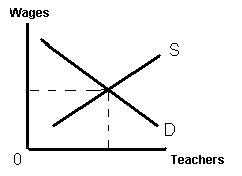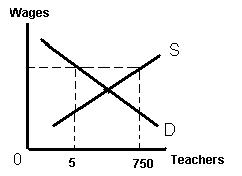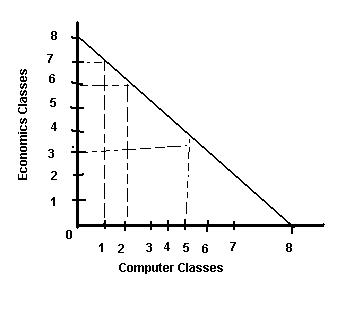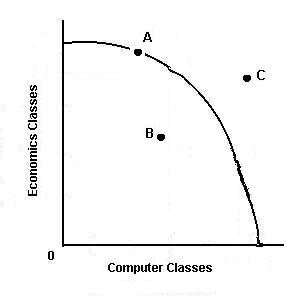Christmas E-Cards

Birth of Jesus. In those days Caesar Augustus published a decree ordering a census of the whole world. This first census took place while Quirinius was governor of Syria. Everyone went to register, each to his own town. And so Joseph went from the town of Nazareth in Galilee to Judea, to David's town of Bethlehm – because he was of the house and lineage of David – to register with Mary, his espoused wife, who was with child.
While they were there the days of her confinement were completed. She gave birth to her first-born son and wrapped him in swaddling clothes and laid him in a manger, because there was no room for them in the place travelers lodged.
The Shepherds. There were shepherds in that region, living in the fields and keeping night watch by turns over their flocks. The angel of the Lord appeared to them as the glory of the Lord shone around them, and they were very much afraid. The angel said to them: "You have nothing to fear! I come to proclaim good news to your – tidings of great joy to be shared by the whole people. This day in David's city a savior has been born to you. The Messiah and Lord. Let this be a sign to you: in a manger you will find an infant wrapped in swaddling clothes." Suddenly, there was with the angel a multitude of the heavenly host, praising God and saying,
peace on earth to those on whom
his favor rests."
When the angels had returned to heaven, the shepherds said to one another, "Let us go over to Bethlehem and see this event which the Lord has made known to us." They went in haste and found Mary and Joseph, and the baby lying in the manger; once they saw, they understood what had been told them concerning this child. All who heard of it were astonished at the report given them by the shepherds.
Mary treasured all these things and reflected on them in her heart. The shepherds returned, glorifying and praising God for a ll they had heard and seen, in accord with what had been told them.



















